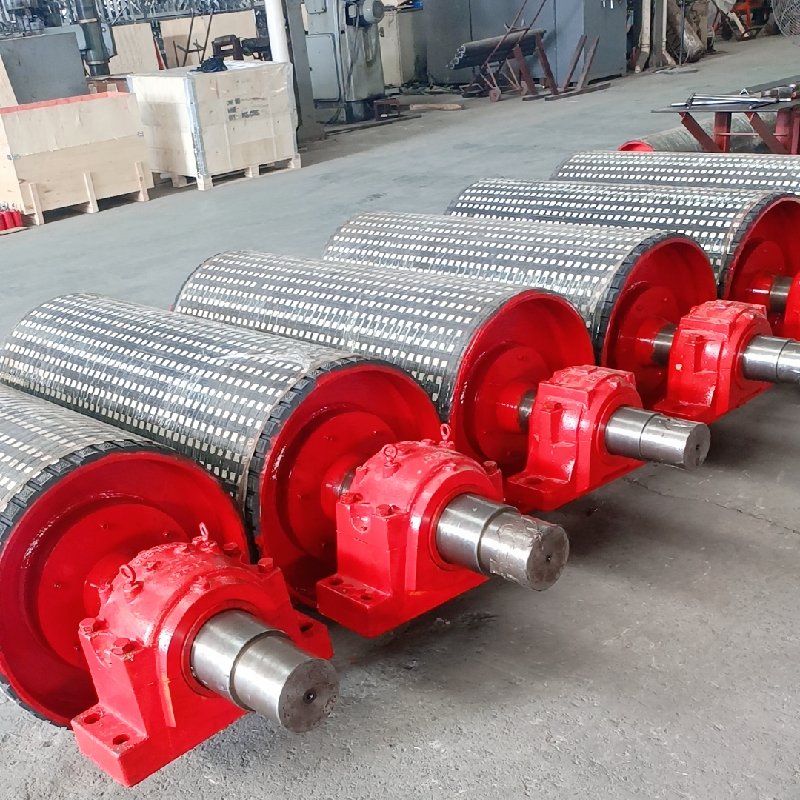 Afrikaans
Afrikaans  Albanian
Albanian  Amharic
Amharic  Arabic
Arabic  Armenian
Armenian  Azerbaijani
Azerbaijani  Basque
Basque  Belarusian
Belarusian  Bengali
Bengali  Bosnian
Bosnian  Bulgarian
Bulgarian  Catalan
Catalan  Cebuano
Cebuano  Corsican
Corsican  Croatian
Croatian  Czech
Czech  Danish
Danish  Dutch
Dutch  English
English  Esperanto
Esperanto  Estonian
Estonian  Finnish
Finnish  French
French  Frisian
Frisian  Galician
Galician  Georgian
Georgian  German
German  Greek
Greek  Gujarati
Gujarati  Haitian Creole
Haitian Creole  hausa
hausa  hawaiian
hawaiian  Hebrew
Hebrew  Hindi
Hindi  Miao
Miao  Hungarian
Hungarian  Icelandic
Icelandic  igbo
igbo  Indonesian
Indonesian  irish
irish  Italian
Italian  Japanese
Japanese  Javanese
Javanese  Kannada
Kannada  kazakh
kazakh  Khmer
Khmer  Rwandese
Rwandese  Korean
Korean  Kurdish
Kurdish  Kyrgyz
Kyrgyz  Lao
Lao  Latin
Latin  Latvian
Latvian  Lithuanian
Lithuanian  Luxembourgish
Luxembourgish  Macedonian
Macedonian  Malgashi
Malgashi  Malay
Malay  Malayalam
Malayalam  Maltese
Maltese  Maori
Maori  Marathi
Marathi  Mongolian
Mongolian  Myanmar
Myanmar  Nepali
Nepali  Norwegian
Norwegian  Norwegian
Norwegian  Occitan
Occitan  Pashto
Pashto  Persian
Persian  Polish
Polish  Portuguese
Portuguese  Punjabi
Punjabi  Romanian
Romanian  Russian
Russian  Samoan
Samoan  Scottish Gaelic
Scottish Gaelic  Serbian
Serbian  Sesotho
Sesotho  Shona
Shona  Sindhi
Sindhi  Sinhala
Sinhala  Slovak
Slovak  Slovenian
Slovenian  Somali
Somali  Spanish
Spanish  Sundanese
Sundanese  Swahili
Swahili  Swedish
Swedish  Tagalog
Tagalog  Tajik
Tajik  Tamil
Tamil  Tatar
Tatar  Telugu
Telugu  Thai
Thai  Turkish
Turkish  Turkmen
Turkmen  Ukrainian
Ukrainian  Urdu
Urdu  Uighur
Uighur  Uzbek
Uzbek  Vietnamese
Vietnamese  Welsh
Welsh  Bantu
Bantu  Yiddish
Yiddish  Yoruba
Yoruba  Zulu
Zulu belt conveyor idlers
Understanding Belt Conveyor Idlers A Comprehensive Overview
Belt conveyors are essential components in various industries, facilitating the transportation of materials over both short and long distances. Among the critical elements of these systems are belt conveyor idlers, which play a pivotal role in maintaining the efficiency, performance, and longevity of the conveyor belt. This article aims to provide an in-depth exploration of belt conveyor idlers, their types, functions, and importance in bulk material handling.
What Are Belt Conveyor Idlers?
Idlers are rollers that support the weight of the conveyor belt and the materials being transported. Positioned along the conveyor system, they ensure that the belt runs smoothly and securely. Without these crucial components, the conveyor system would face excessive wear and tear, leading to potential outages and safety hazards.
Types of Belt Conveyor Idlers
1. Impact Idlers Located at loading points, impact idlers are designed to absorb the shock of heavy loads dropping onto the conveyor belt. They are built to withstand significant forces, protecting the belt from damage.
2. Carry Idlers These idlers support the belt and carry the bulk material. Often found in a V-shape configuration, carry idlers help maintain belt alignment and prevent material spillage.
3. Return Idlers Positioned on the return side of the conveyor belt, return idlers support the unloaded belt as it travels back to the loading area. They help ensure that the belt remains in the right position and operates efficiently.
4. Training Idlers These are used to align the belt and prevent it from drifting off course. Proper alignment is crucial in maintaining the effectiveness of a conveyor system.
5. Specialty Idlers Depending on the application and material being transported, there are specialty idlers designed for specific tasks, such as self-cleaning or high-speed operations.
Functions of Belt Conveyor Idlers
The primary functions of belt conveyor idlers include
belt conveyor idlers

- Support They provide structural support to the conveyor belt, ensuring that it can effectively transport materials without sagging or misalignment
.- Facilitation of Movement Idlers reduce friction between the belt and the support structure, allowing for smooth movement of the conveyor system.
- Load Distribution They help in evenly distributing the weight of the materials being transported, reducing stress on the belt and extending its lifespan.
- Sealing In some configurations, idlers can also assist in sealing the conveyor system, preventing dust and debris from escaping into the environment.
Importance of Idlers in Conveyor Systems
The importance of belt conveyor idlers cannot be overstated. They significantly affect the overall efficiency and effectiveness of the conveyor system. Properly designed and maintained idlers can lead to
- Increased Efficiency Well-functioning idlers support smooth and continuous operations, minimizing downtime and maintenance costs.
- Extended Equipment Life By distributing loads evenly and minimizing friction, idlers can help prevent premature wear and extend the service life of conveyor belts.
- Enhanced Safety Properly aligned and functioning idlers reduce the risk of accidents and injuries caused by spillage or belt failure.
- Cost Savings Efficient conveyor systems lead to reduced operational costs, as they improve productivity and decrease maintenance requirements.
Conclusion
In summary, belt conveyor idlers are fundamental components that significantly impact the performance and reliability of conveyor systems. Understanding their types, functions, and importance is crucial for anyone involved in material handling and transportation industries. By ensuring the proper selection, installation, and maintenance of idlers, companies can reap the benefits of enhanced efficiency, safety, and cost-effectiveness in their operations. Investing in quality idlers not only supports the longevity of conveyor systems but also helps in achieving streamlined operations across various industries.
-
Revolutionizing Conveyor Reliability with Advanced Rubber Lagging PulleysNewsJul.22,2025
-
Powering Precision and Durability with Expert Manufacturers of Conveyor ComponentsNewsJul.22,2025
-
Optimizing Conveyor Systems with Advanced Conveyor AccessoriesNewsJul.22,2025
-
Maximize Conveyor Efficiency with Quality Conveyor Idler PulleysNewsJul.22,2025
-
Future-Proof Your Conveyor System with High-Performance Polyurethane RollerNewsJul.22,2025
-
Driving Efficiency Forward with Quality Idlers and RollersNewsJul.22,2025





























